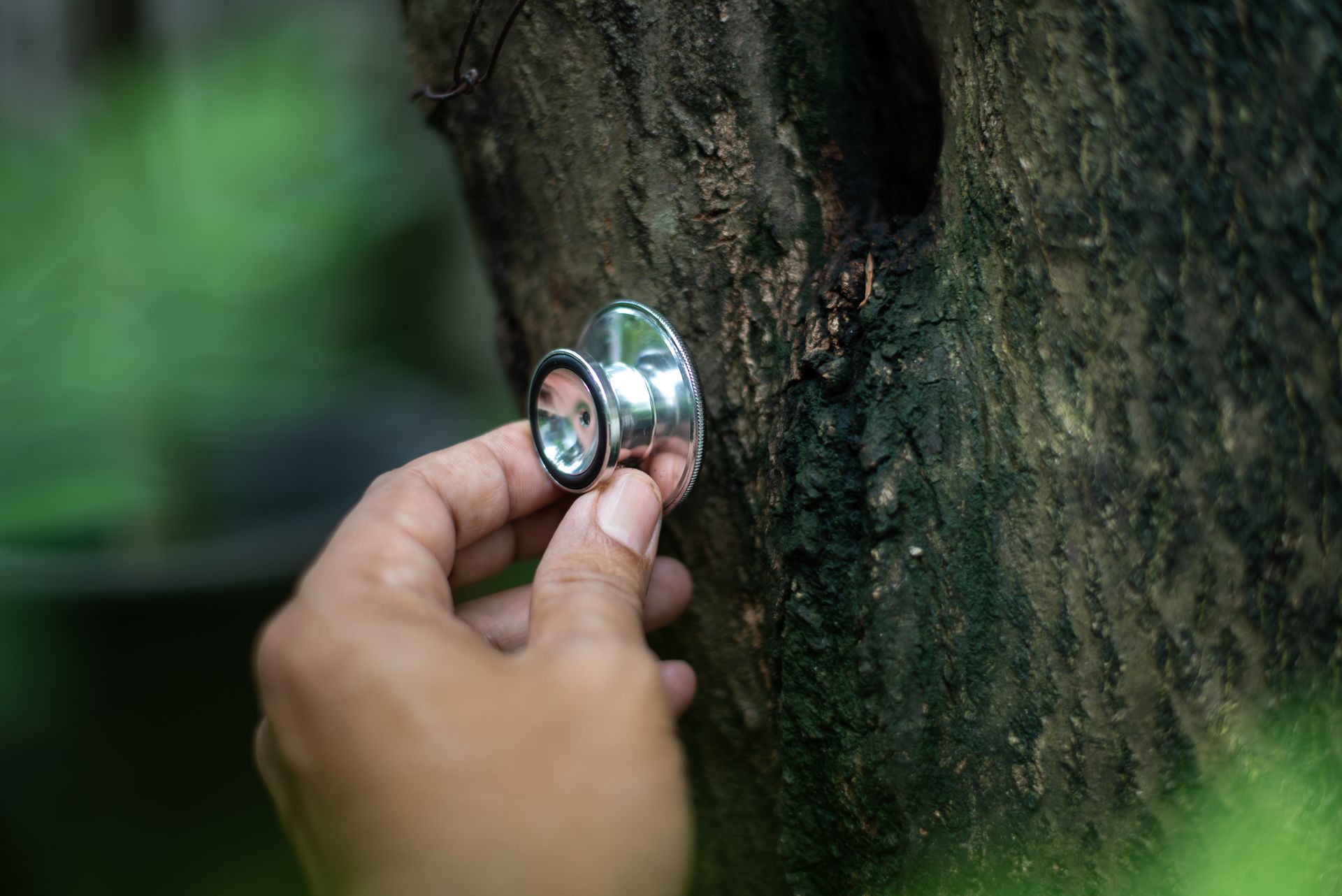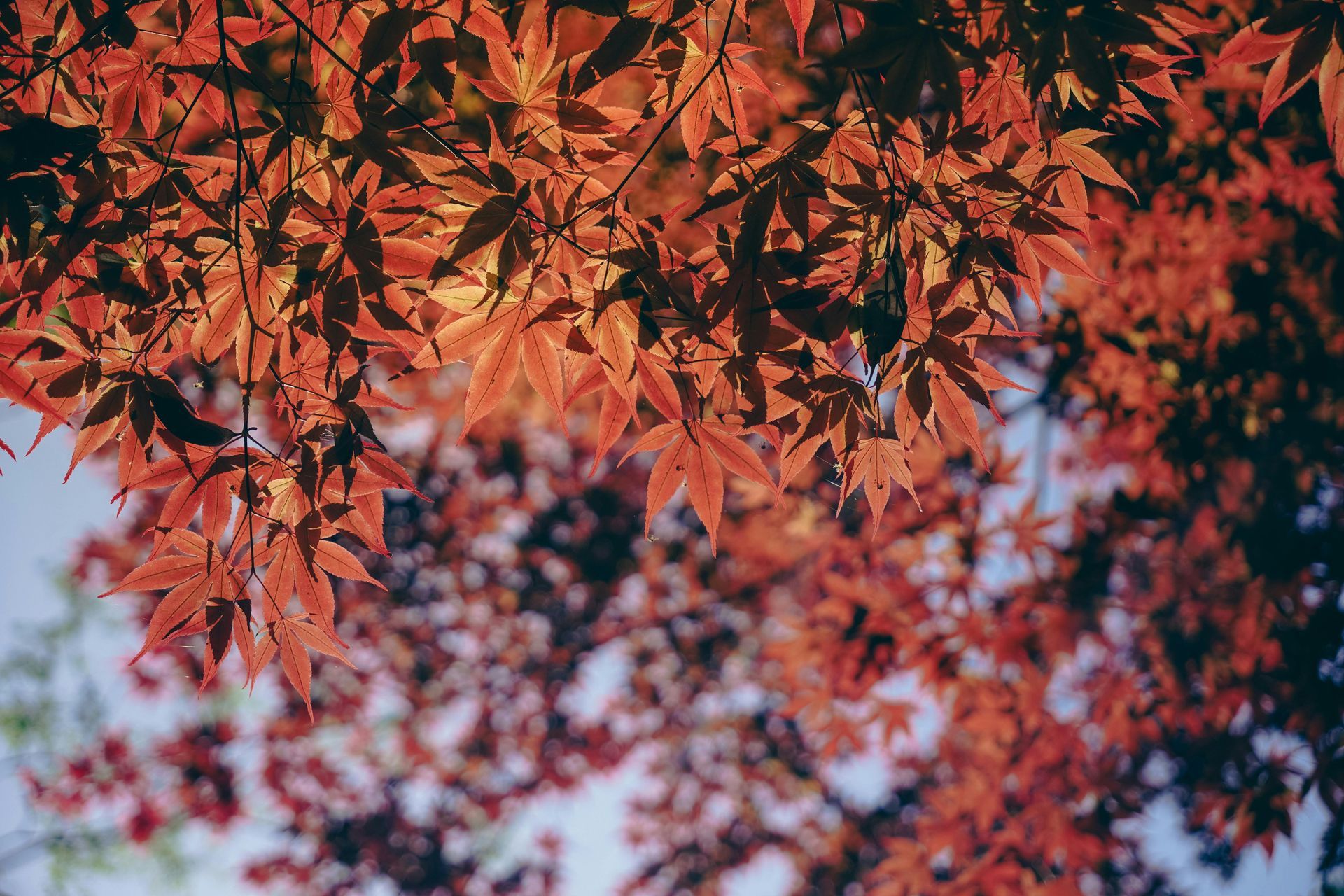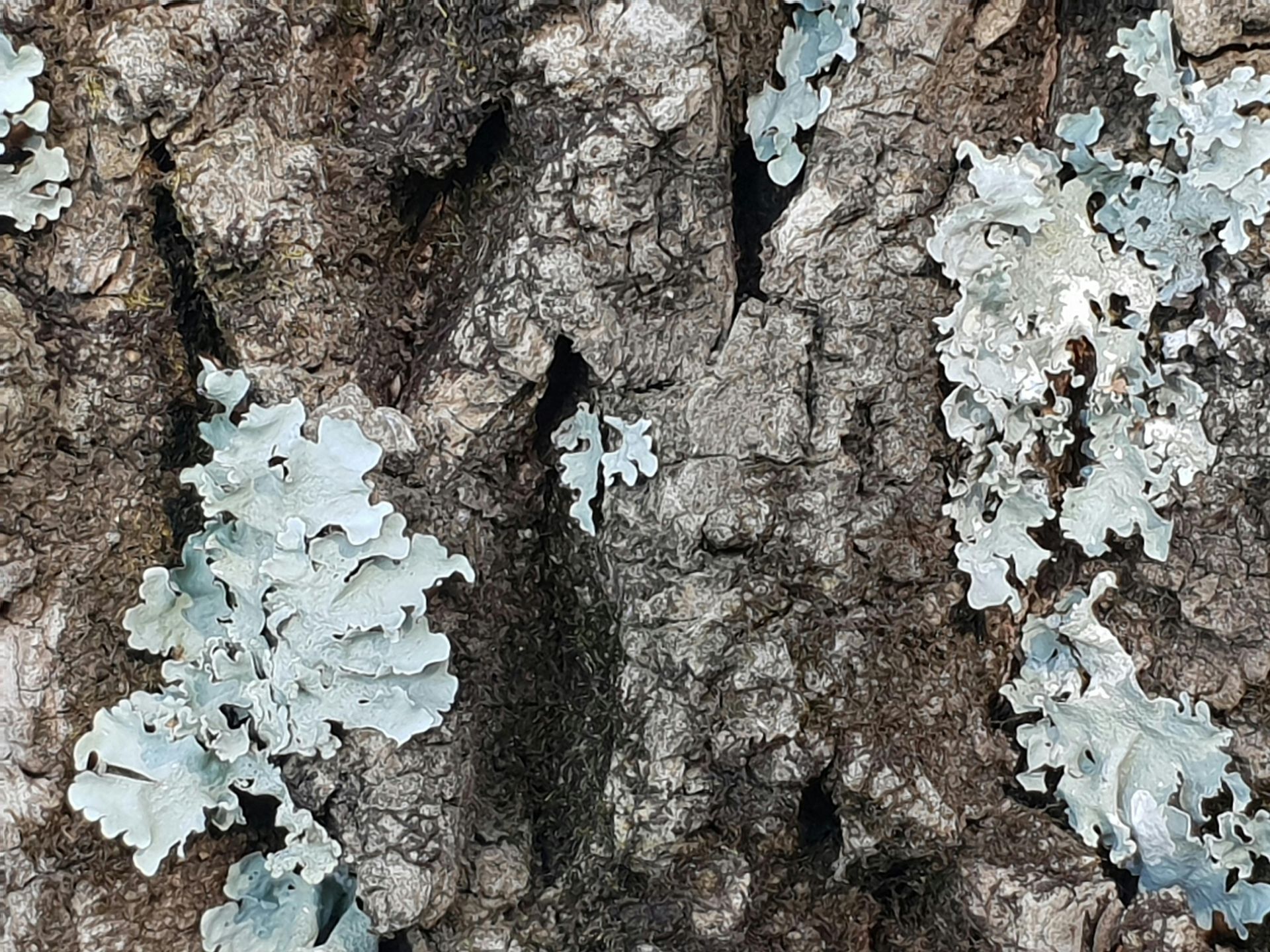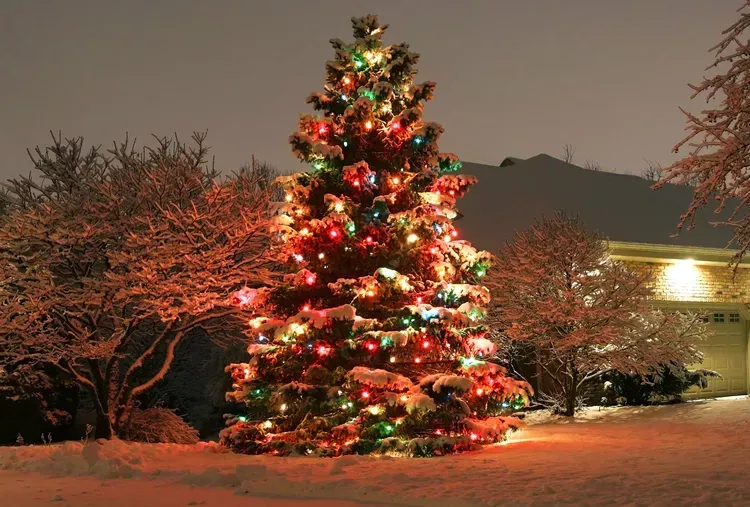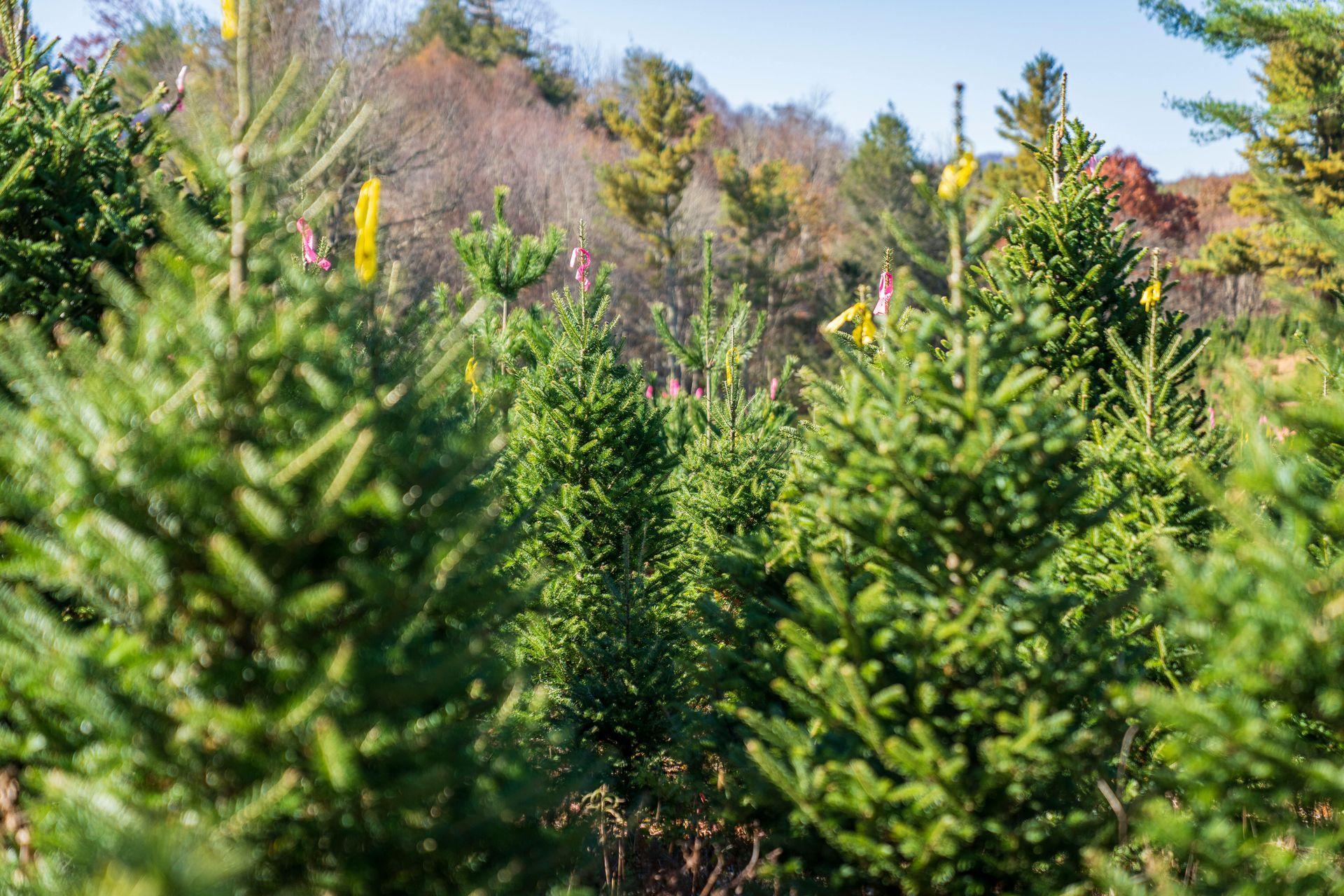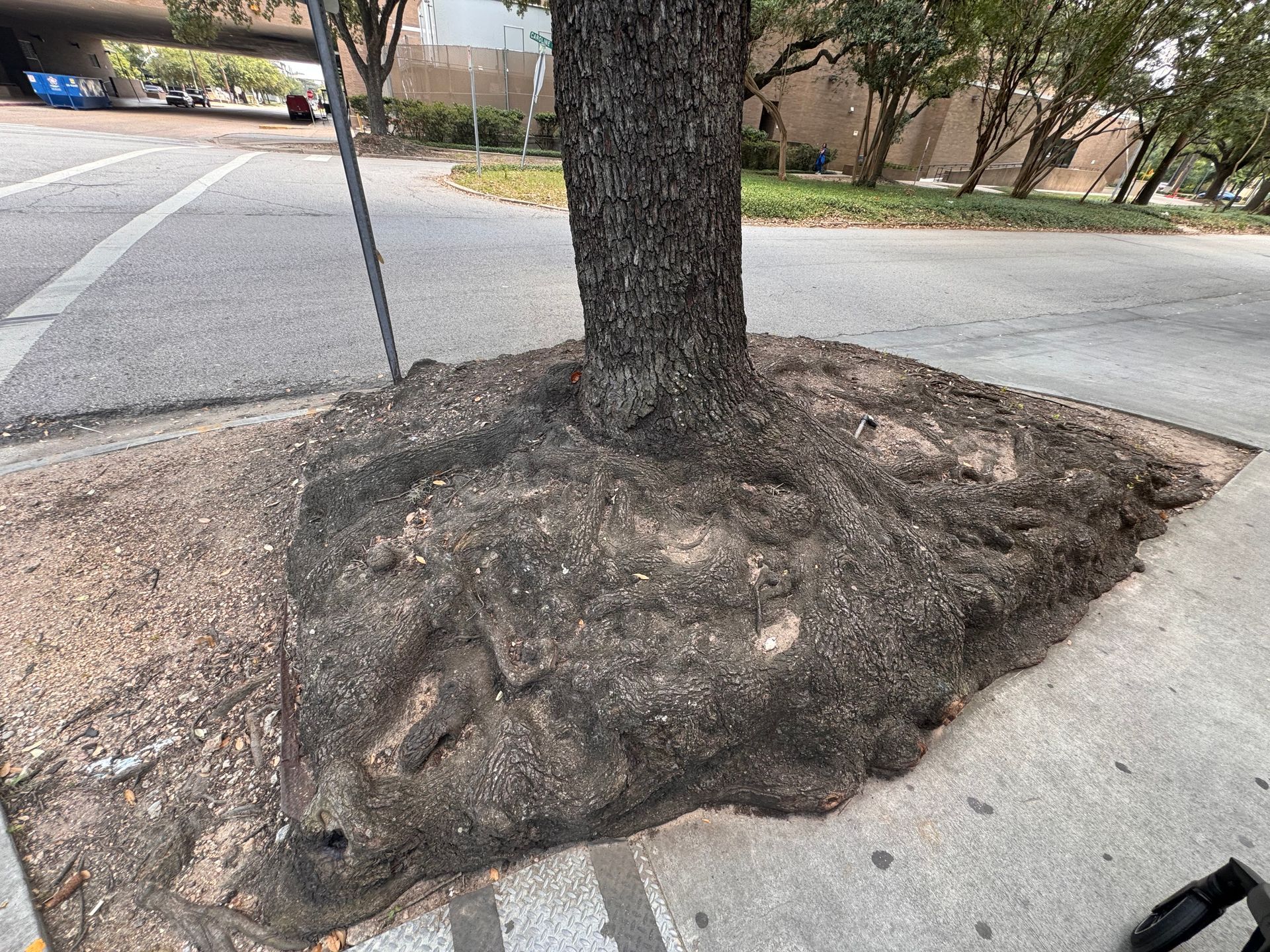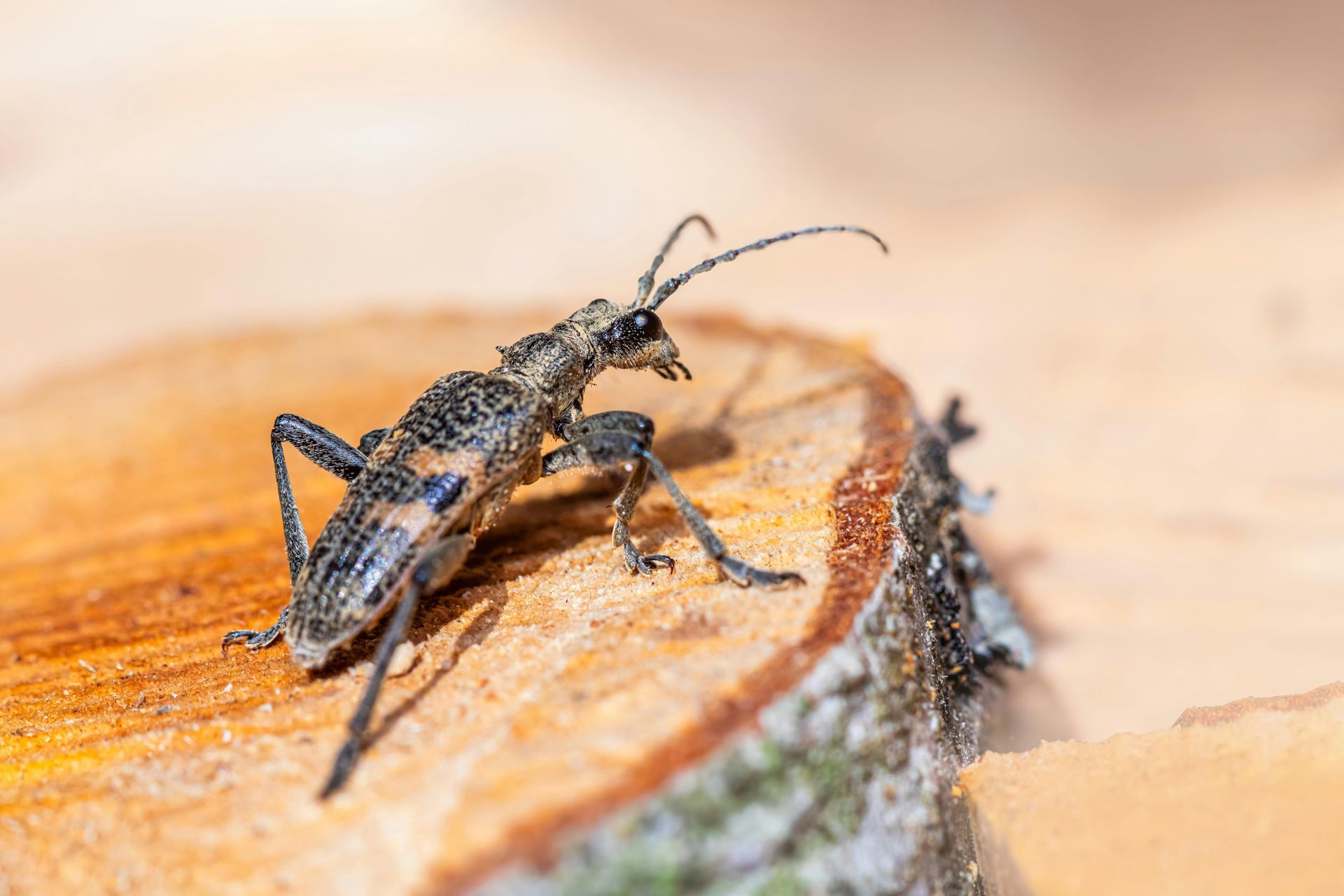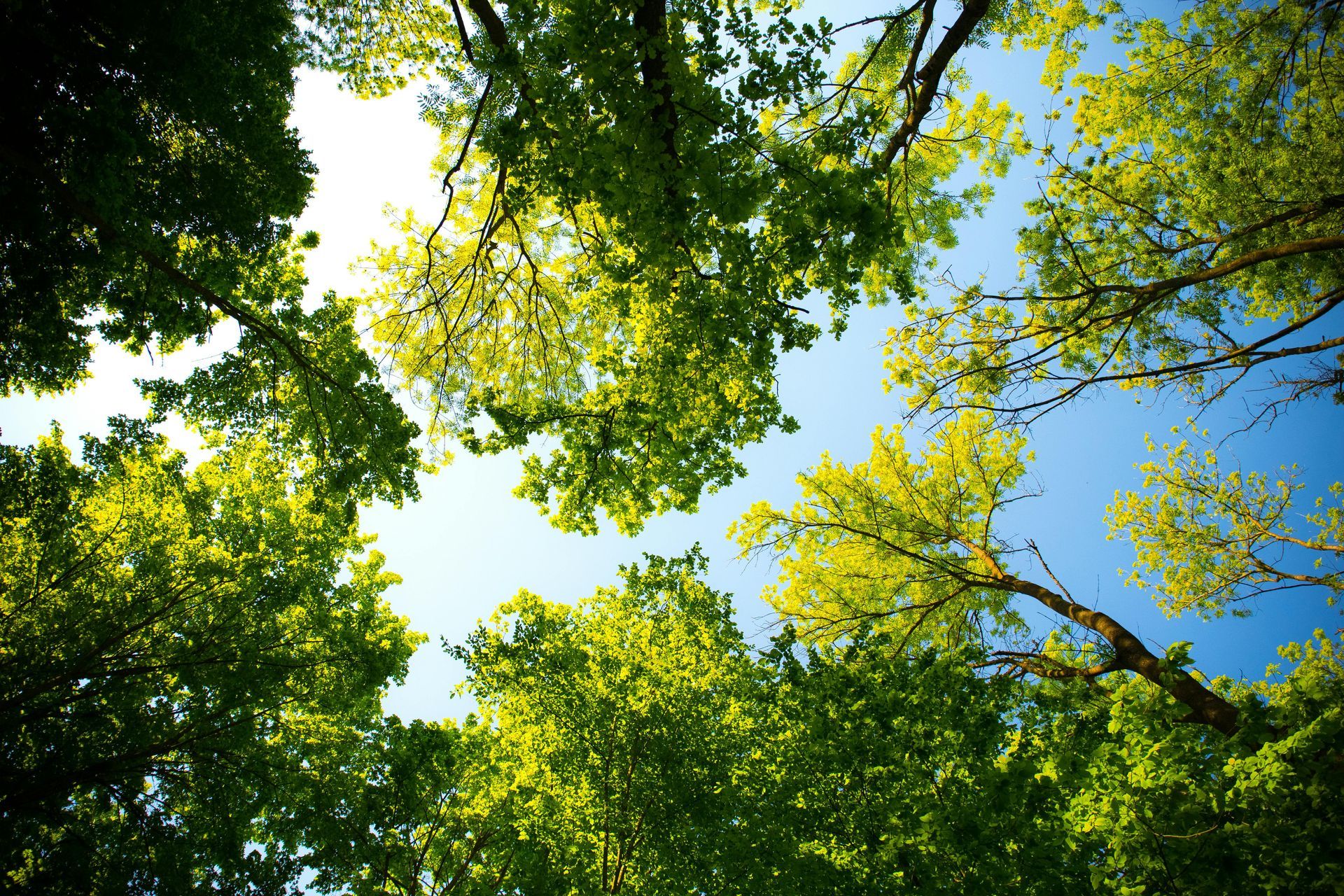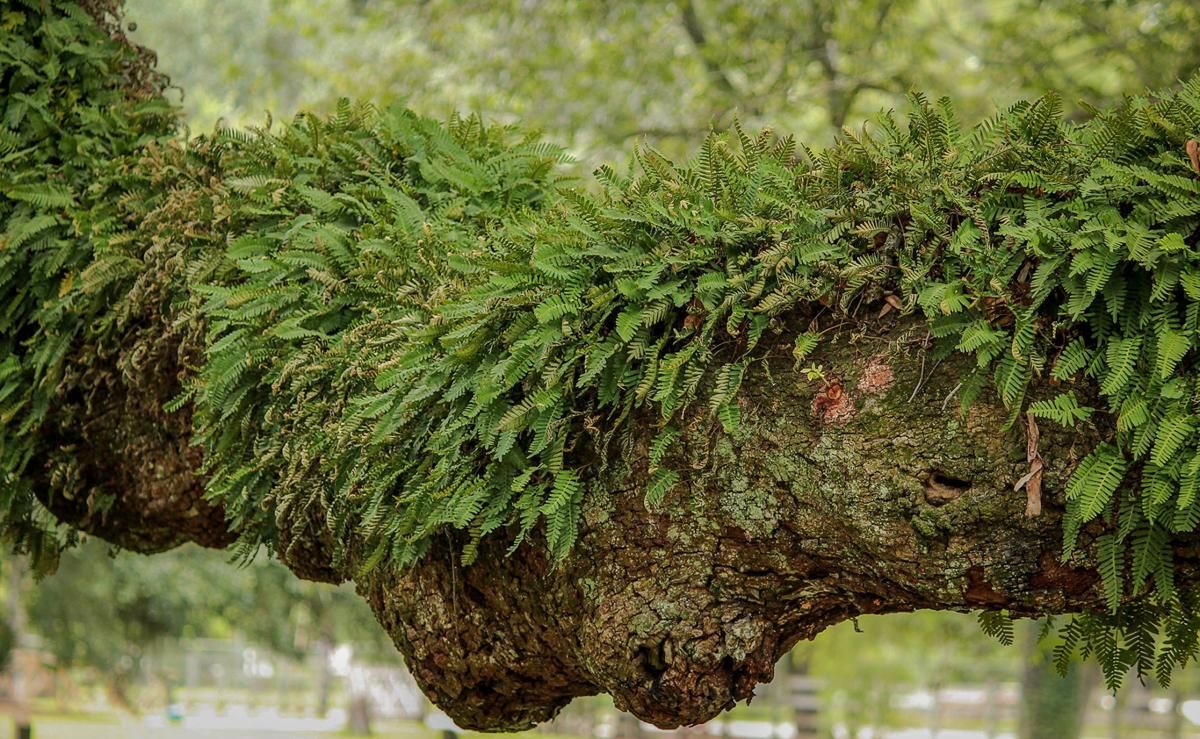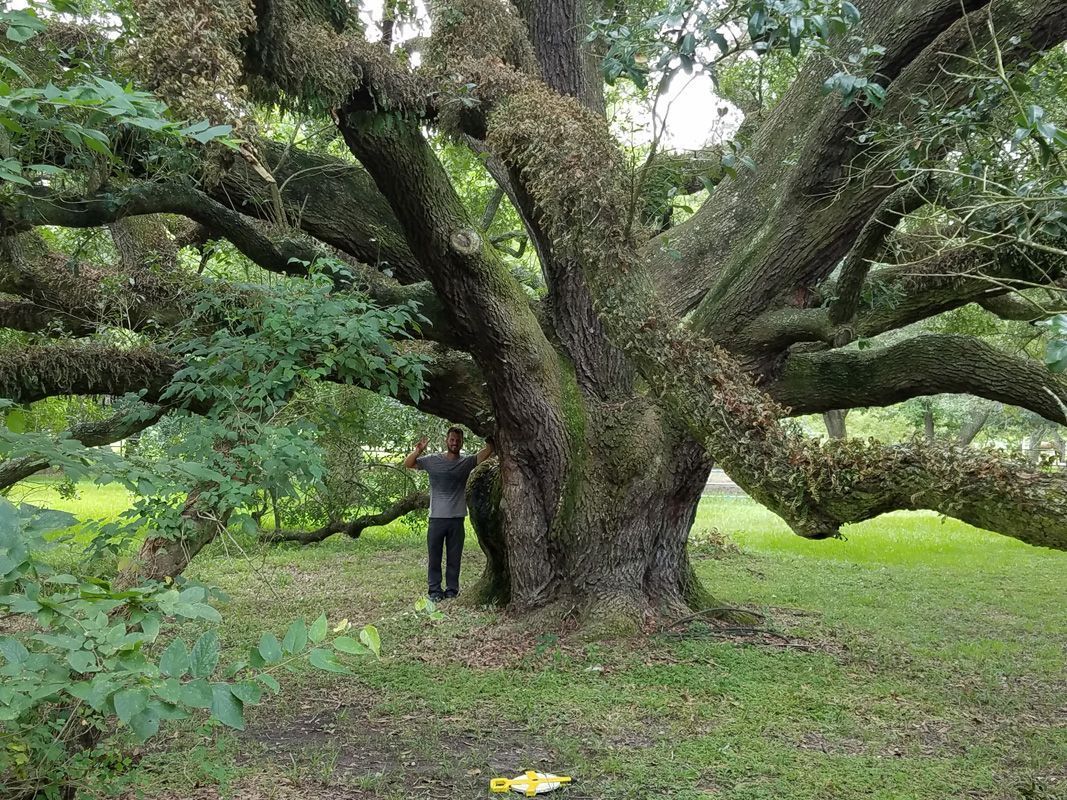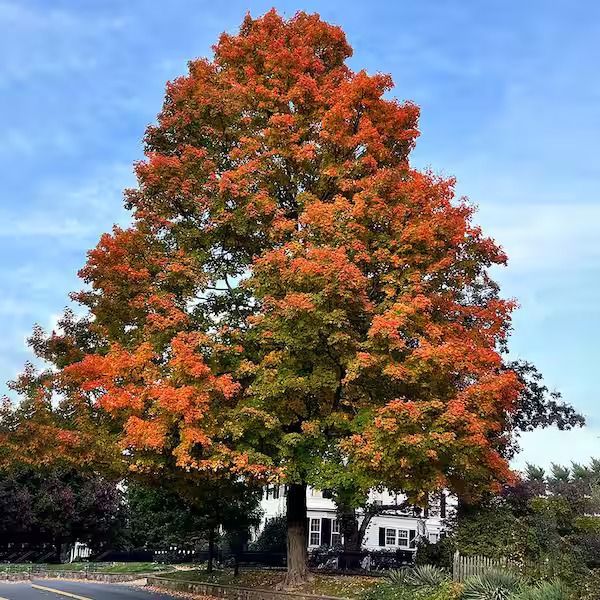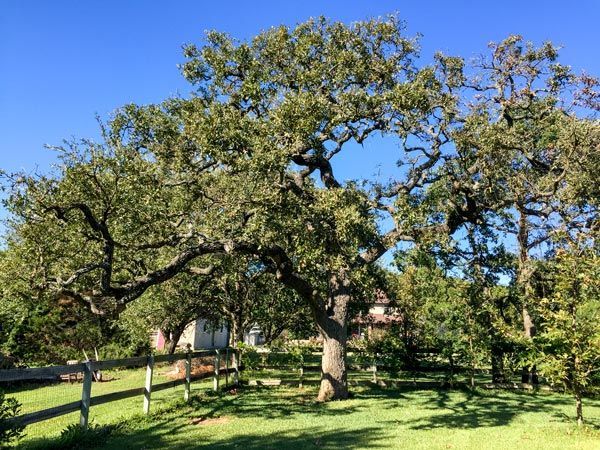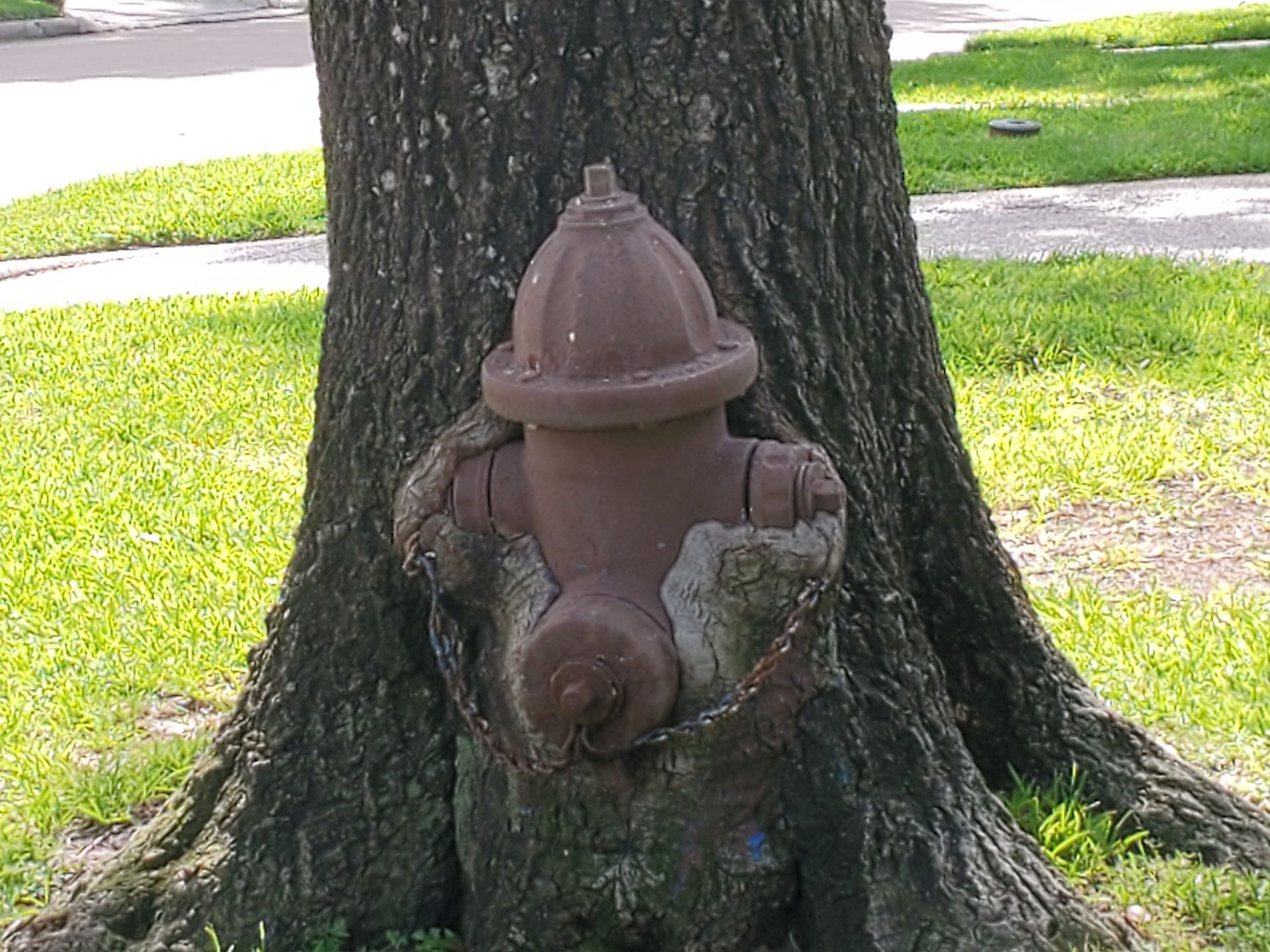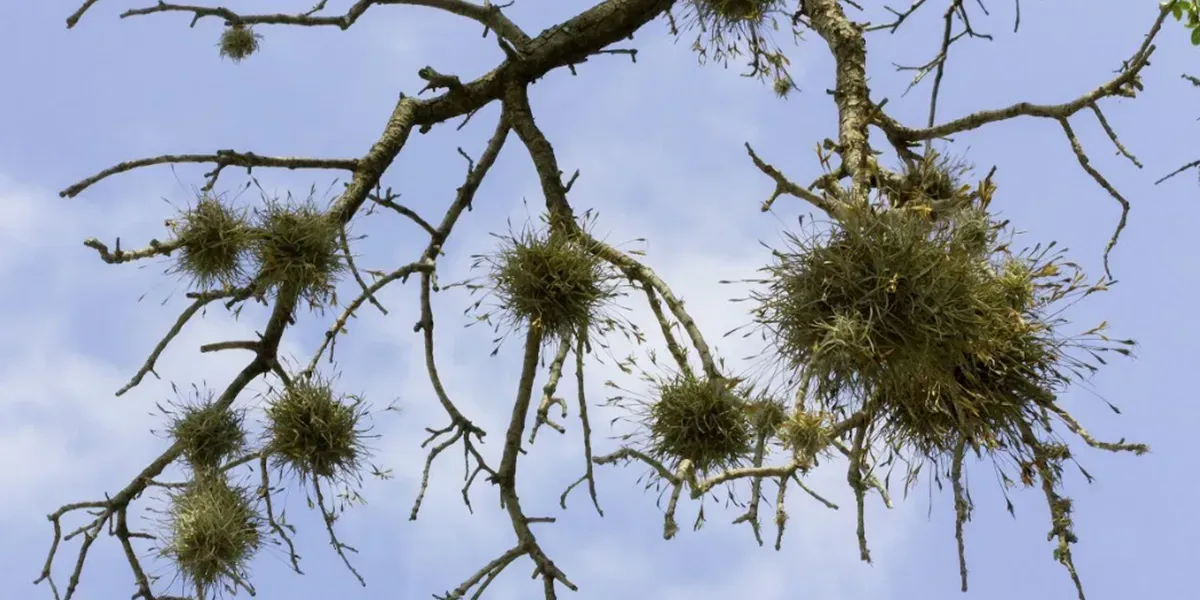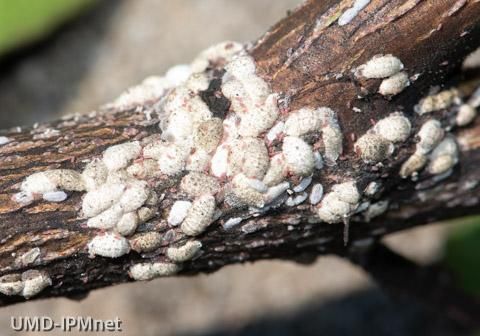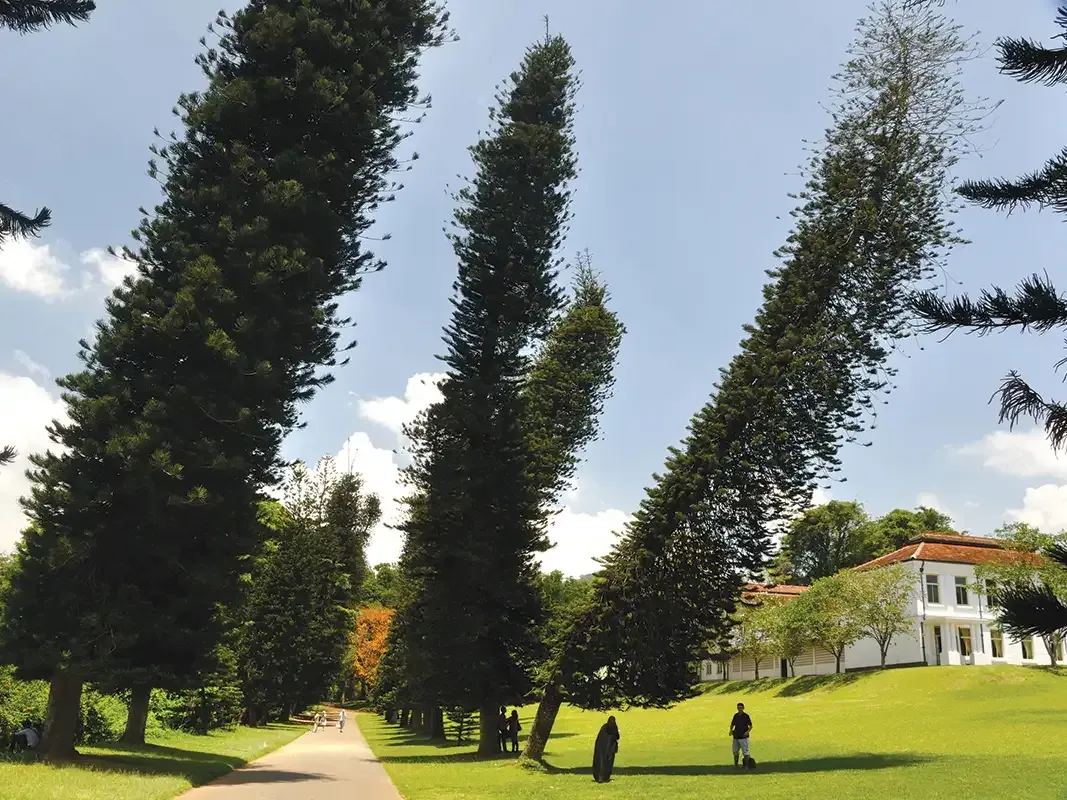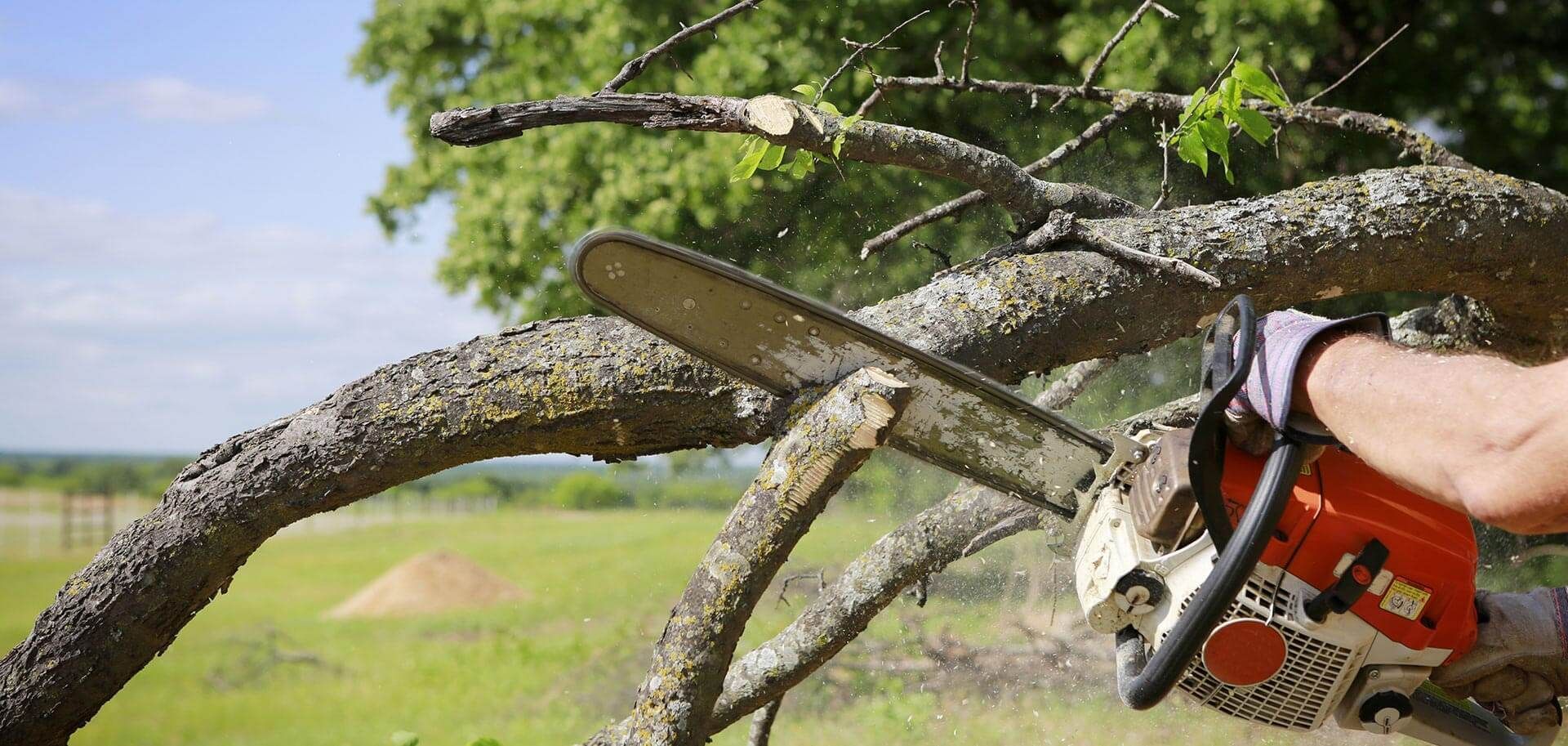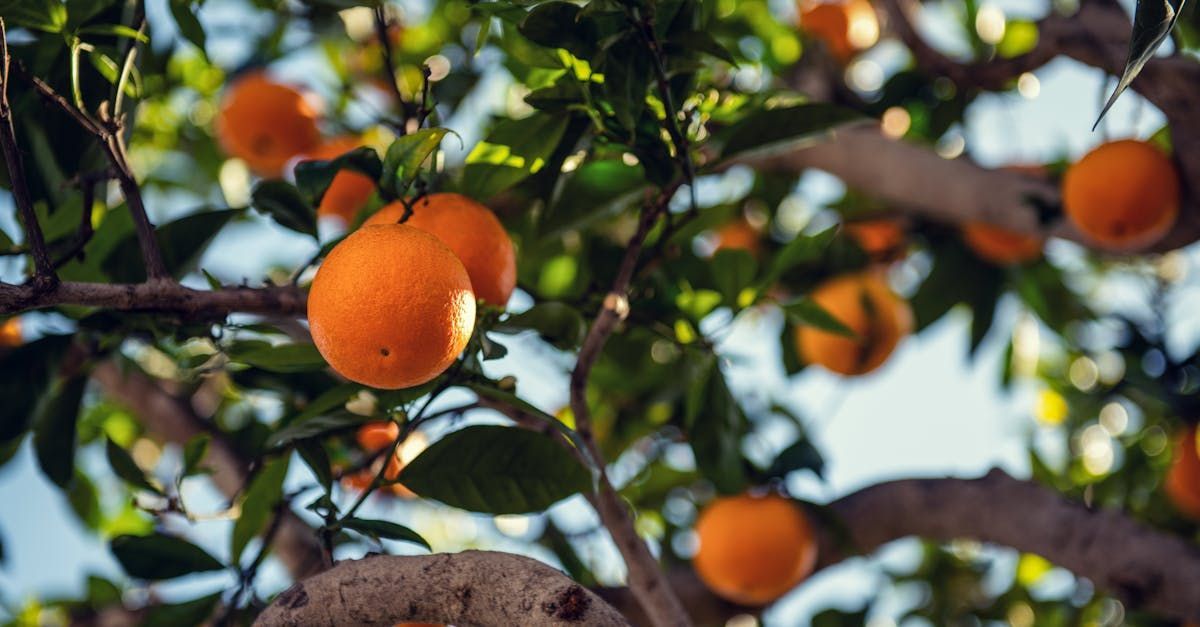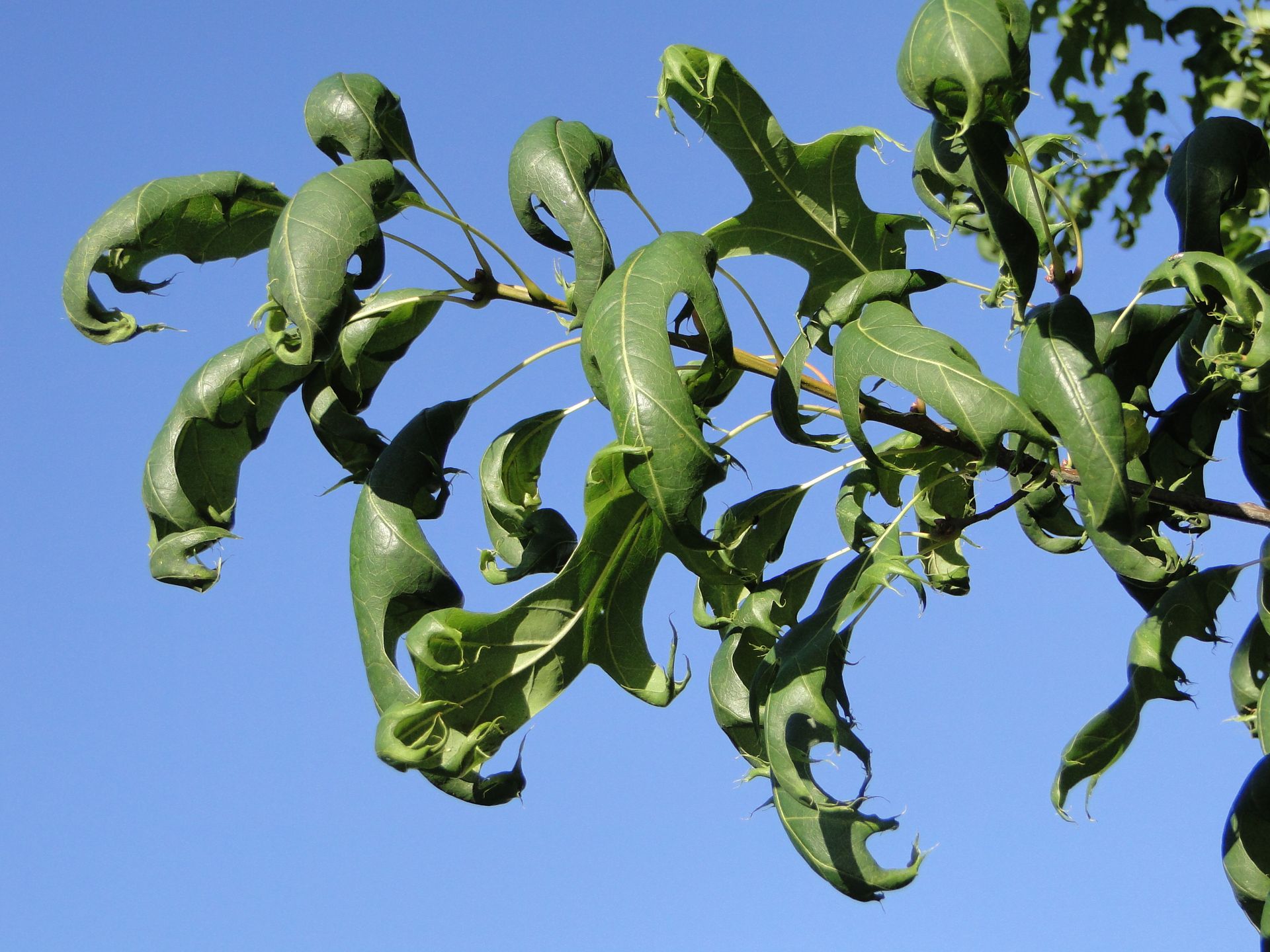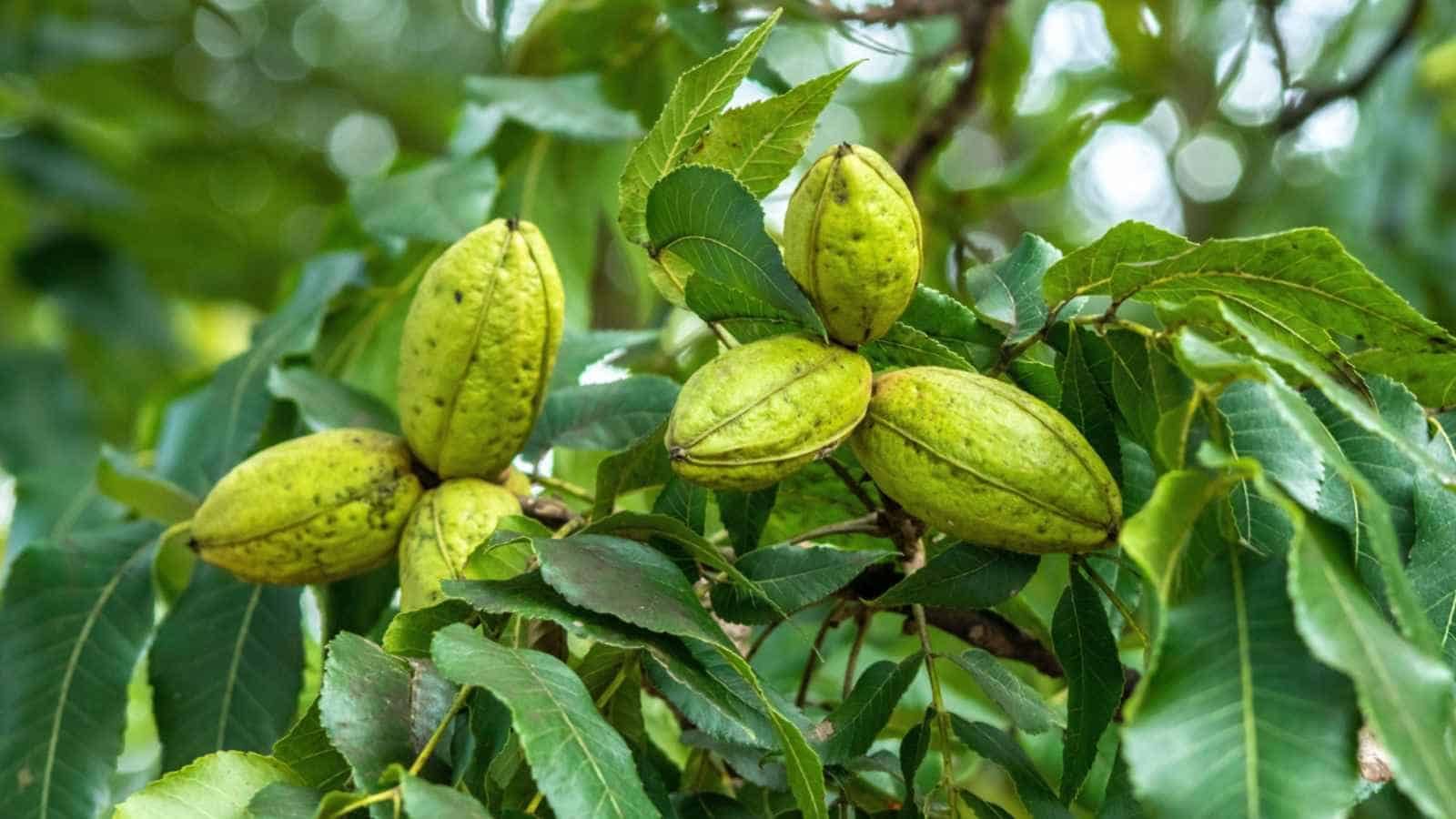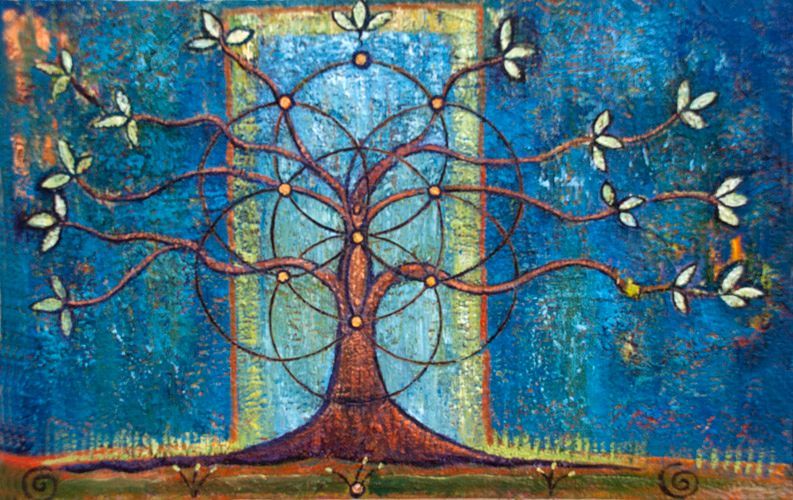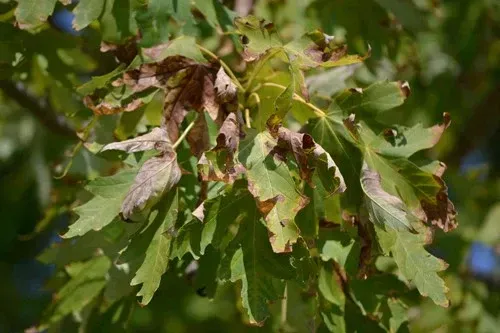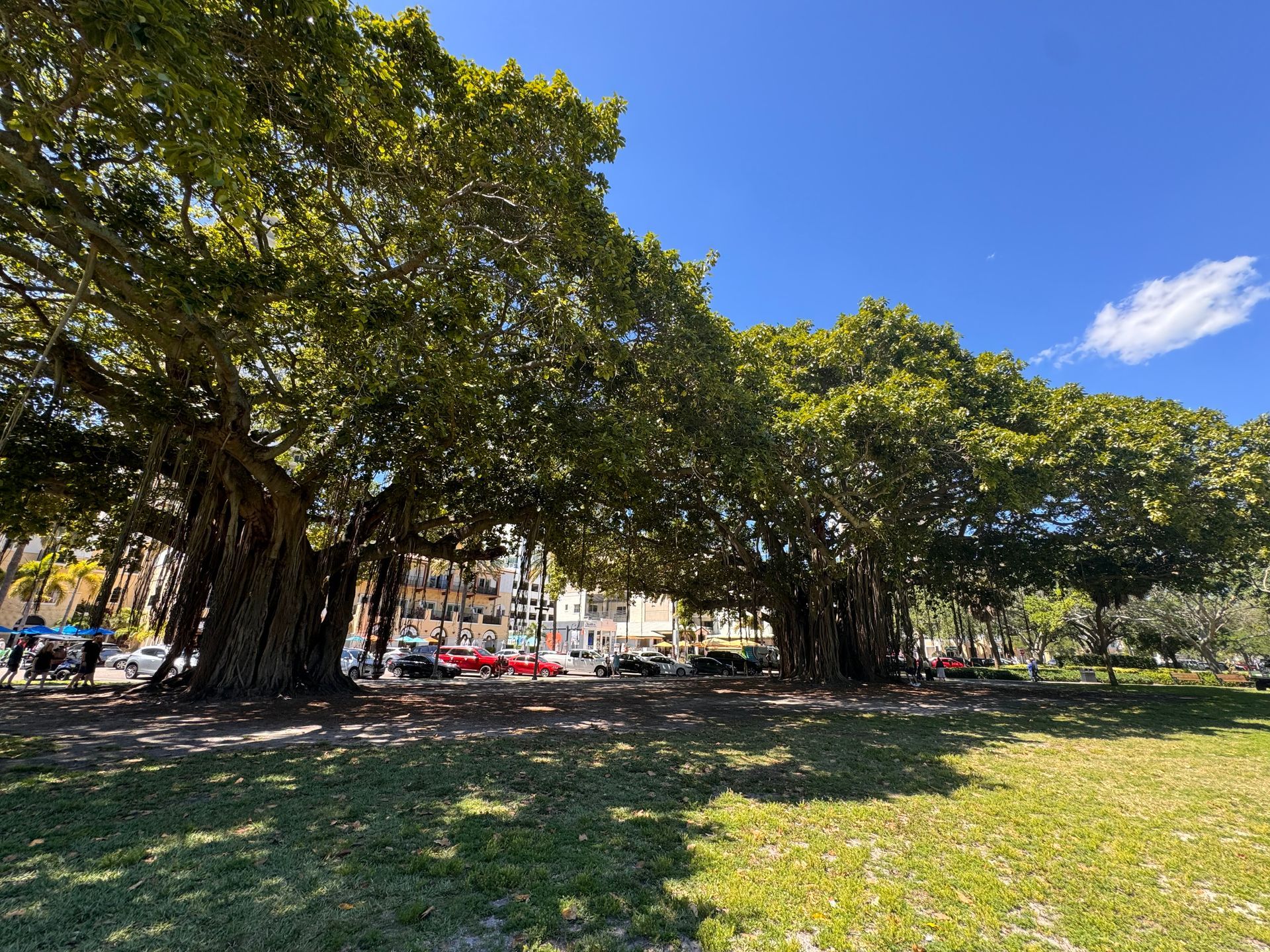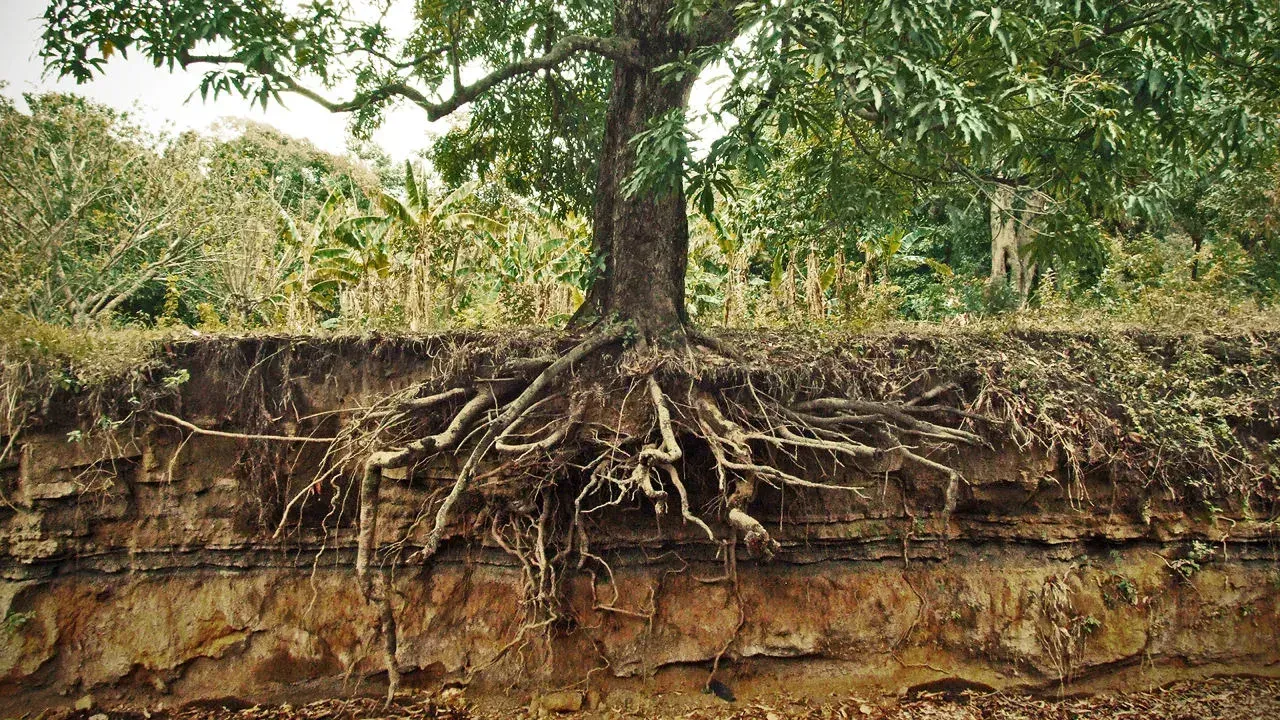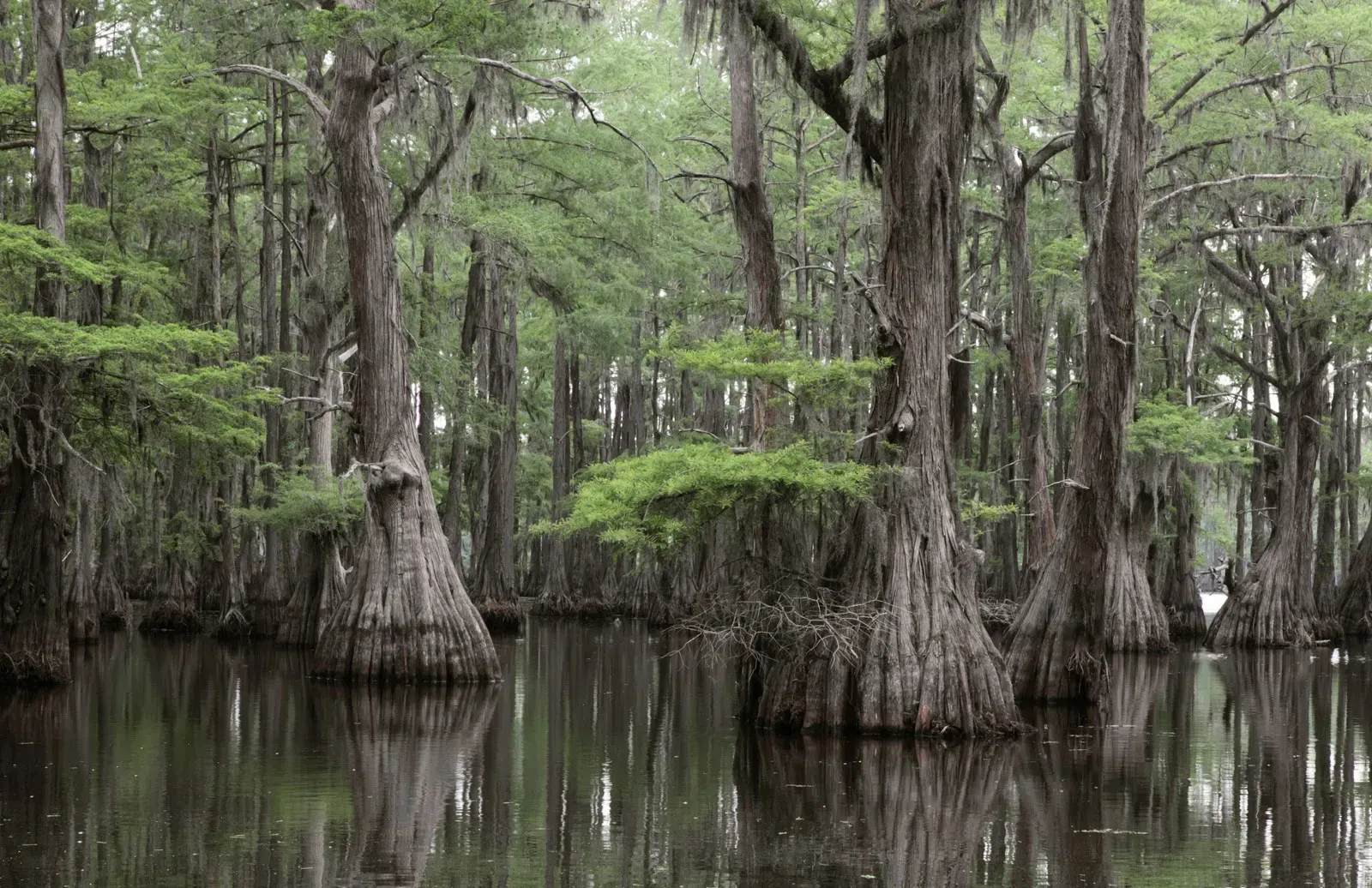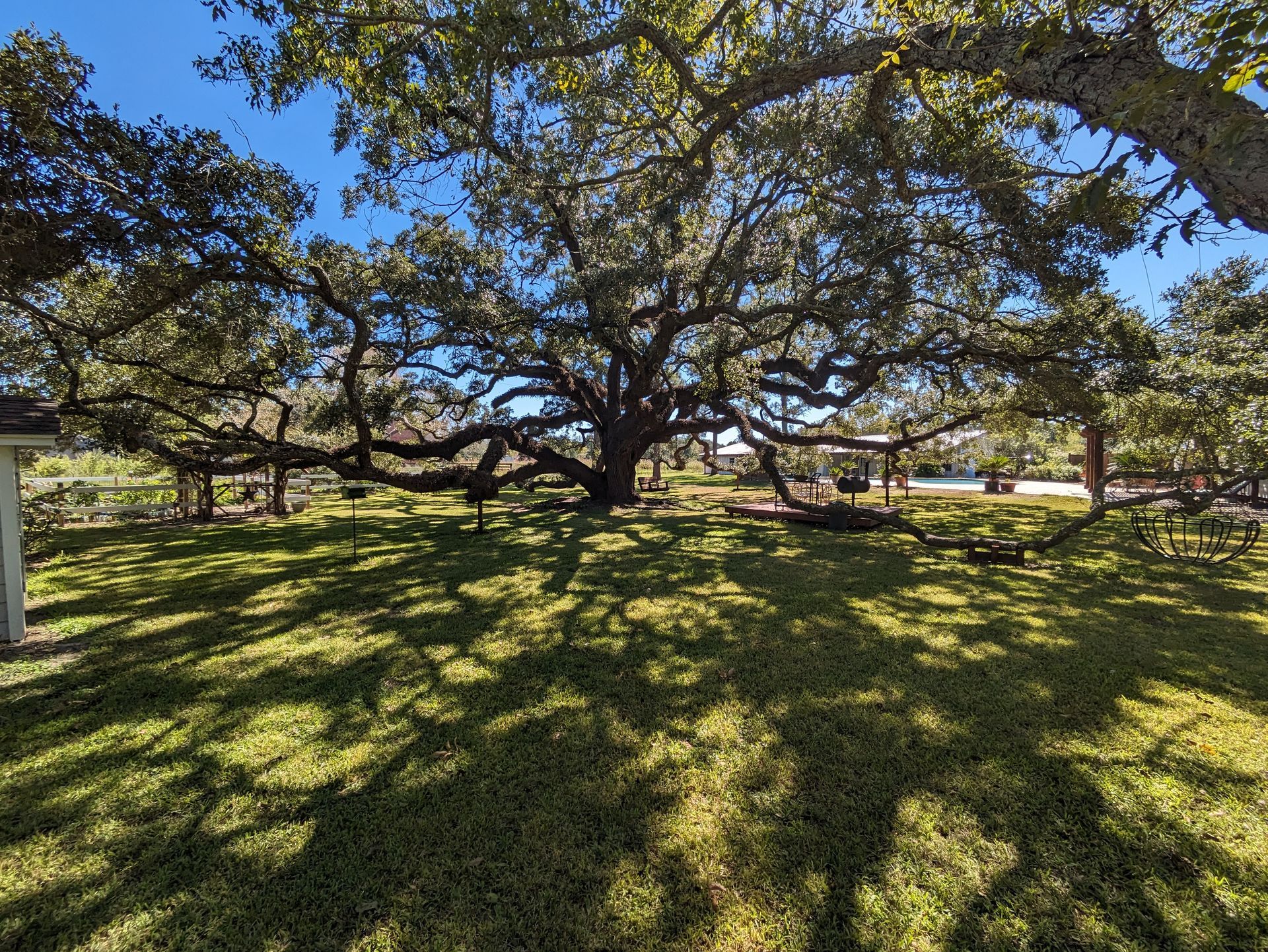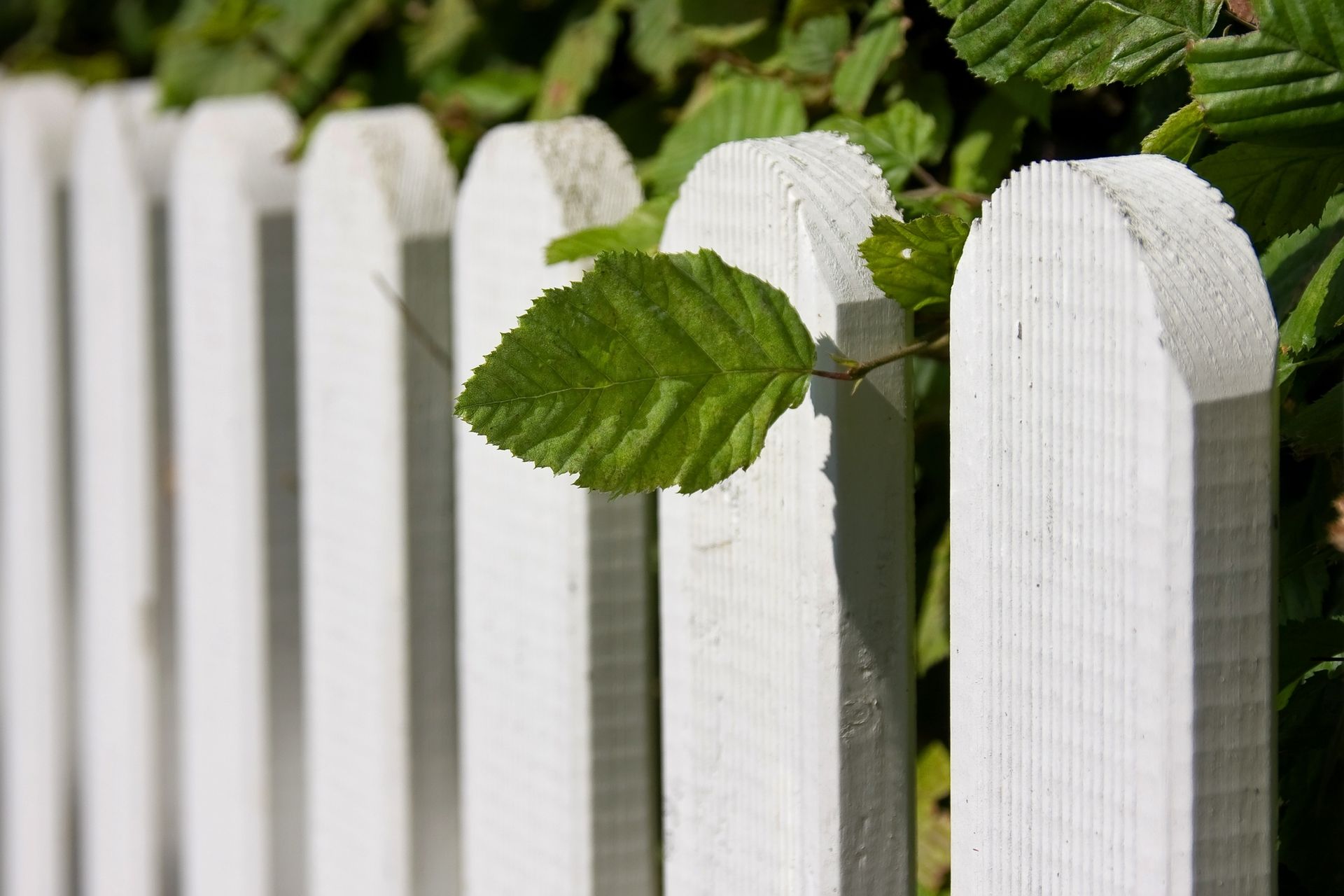Liriope’s Muse: Tree Care Tips from a Master Arborist
TRUSTED TREE CARE SERVICES SINCE 1970
Liriopes Muse: Magnolia Grandiflora: An Icon of Southern Elegance and Resilience
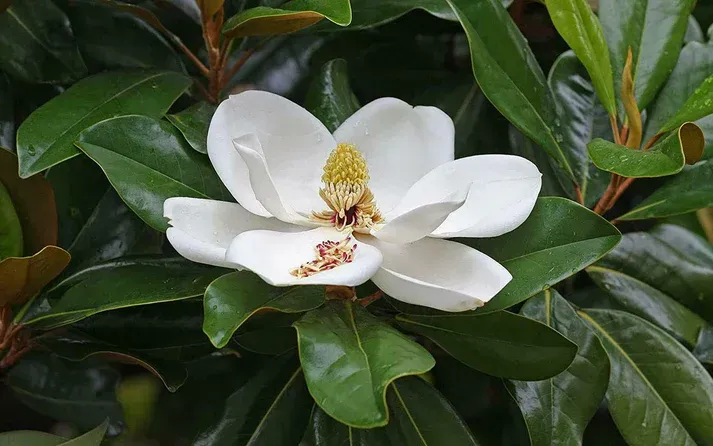
The Magnolia Grandiflora, commonly known as the Southern Magnolia, stands as a symbol of timeless elegance and resilience in the landscape of the American South. Revered for its striking foliage, fragrant blooms, and historical significance, this majestic tree holds a special place in the hearts of many and continues to captivate enthusiasts and arborists alike.
Originating from the southeastern United States, the Magnolia Grandiflora is characterized by its large, glossy evergreen leaves and magnificent creamy-white flowers. These blossoms, often measuring up to ten inches in diameter, exude a sweet, lemony fragrance that fills the air and attracts pollinators, including bees and butterflies, to its bountiful nectar. Beyond its aesthetic appeal, the Magnolia Grandiflora boasts a rich history deeply intertwined with Southern culture and heritage. Revered by indigenous peoples for its medicinal properties, the tree later became a cherished emblem of Southern hospitality and grandeur during the antebellum period. Its lustrous foliage and fragrant blooms adorned sprawling plantation estates, serving as a testament to the opulence and refinement of the era.
Despite its association with the past, the Magnolia Grandiflora remains a vital component of contemporary landscapes, admired for its adaptability and resilience. Thriving in a variety of soil types and climates, this versatile tree is well-suited to urban environments, where it provides shade, beauty, and habitat for wildlife. Furthermore, its evergreen foliage offers year-round interest, ensuring a steady presence in the landscape regardless of the season.
From a botanical perspective, the Magnolia Grandiflora belongs to the Magnoliaceae family, which dates back millions of years to the Cretaceous period. Fossil records indicate that magnolias once flourished across the globe, evolving alongside dinosaurs and surviving the cataclysmic events that led to their extinction. Today, the Magnolia Grandiflora stands as a living relic of Earth's ancient past, a testament to the enduring power of nature and the resilience of life itself. In addition to its cultural and botanical significance, the Magnolia Grandiflora plays a crucial ecological role within its native habitat. Its dense canopy provides shelter and nesting sites for birds, while its flowers attract a diverse array of pollinators essential for ecosystem health. Furthermore, the tree's deep roots help prevent soil erosion and stabilize riverbanks, making it a valuable asset in riparian zones and coastal landscapes.
Despite its many virtues, the Magnolia Grandiflora is not without its challenges. Like all living organisms, it is susceptible to pests, diseases, and environmental stressors, including drought and pollution. In urban areas, it may face additional pressures such as compacted soil and restricted root space. However, with proper care and maintenance, including regular watering, mulching, and pruning, the Magnolia Grandiflora can thrive and continue to grace landscapes with its timeless beauty for generations to come.
In conclusion, the Magnolia Grandiflora stands as a botanical masterpiece, cherished for its beauty, resilience, and cultural significance. From its humble origins in the American South to its widespread popularity in landscapes worldwide, this iconic tree continues to inspire awe and admiration, serving as a living testament to the enduring power of nature's creations. As stewards of the environment, it is our responsibility to preserve and protect this magnificent species, ensuring that future generations may continue to marvel at its splendor for years to come.
Liriope’s Muse - Expert Tree Care Tips
